5 Surprising Benefits of Using a Sleep Sack
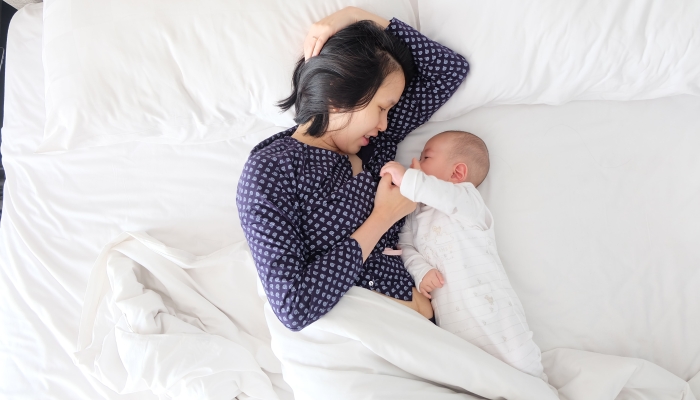
- Sleep sacks are safer than loose blankets.
- Sleep sacks can help your baby sleep better.
- Sleep sacks reduce startle reflex.
- Sleep sacks are easier to use than you might think.
- Sleep sacks are super-easy to clean.
There are many benefits to using a sleep sack for your infant. Sleep sacks are safer than quilts or other coverings; they help your baby sleep better and are easy to use. Sleep sacks work by applying warmth and very gentle pressure over your infant’s body for better sleep.
A sleep sack may be the answer if you’re looking for a way to help your baby sleep better. And the benefits of using a sleep sack for your infant may surprise you.
What Is a Sleep Sack?
Sleep sacks are sleeveless sleepwear items that zip up over your baby’s body. They are available in different materials, including cotton, wool, and fleece. Baby sleep sacks are typically closed with a zipper, snaps, or velcro. Newborns to 24-month-old children can use a sleep sack for naps and overnight as long as they are the appropriate size.
A sleep sack helps your baby sleep comfortably. Some sleep sacks apply a very gentle weight on your baby’s chest to mimic a caregiver’s hand, which helps your baby feel safe. Sleep sacks are generally safer than blankets or sheets because of their limited size and snug fit.
The Benefits Of Using a Sleep Sack For Your Infant
There are many benefits to using a sleep sack for your infant. These baby sleeping bags are safer than comforters, help your baby sleep better, and are easy to use. Some babies like to use them up to 24 months old, well into toddlerhood.
1. Sleep sacks are safer than loose blankets.
Sleep sacks are a type of wearable blanket designed to be safer than regular blankets, quilts, or comforters. Loose blankets in your baby’s sleep space can get wrapped around your baby’s face, which can cause them to suffocate. Sleep sacks are less likely to get wrapped around your baby’s face because they’re snug-fitting.
When your baby is brand new, you can use a particular type of sleep sack with swaddling qualities to reduce the risk of your child waking due to their startle reflex.
2. Sleep sacks help your baby sleep better.
Any parent will tell you that the benefits of sleep for their infant are essential for their whole family’s survival. Swaddling a new baby or using sleep sacks help your child sleep better for several reasons:
- Sleep sacks keep your baby’s head and face uncovered, which allows them to breathe comfortably and fall asleep quickly.
- Sleep sacks keep your baby’s hands and feet warm, which can help them sleep through the night.
- Sleep sacks provide a sense of security and comfort for your baby.
3. Reduce startle reflex.
Your new baby is used to being curled up and held close for nine months. The world can seem significant to a tiny baby, and they are equipped with a startle reflex to try and find their edges in their environment. When there isn’t a caregiver to hold a baby close, they often “startle” and throw their arms out to try and feel their boundaries. This can interrupt sleep.
Swaddling your baby and transitioning to a sleep sack can help your child hit their edges sooner. If their arms are down by their sides, held by a swaddle, or the gentle weight of a sleep sack on their chest and legs, they are less likely to startle awake when they are sleeping in their crib or bassinet.
4. Sleep sacks are easy to use.
Sleep sacks are easy to use because you don’t have to worry about tucking in blankets. Put your baby in the sleep sack and zip it up. You can also use a sleep sack with swaddle material to hold their arms down.
5. Sleep sacks are machine-washable.
One of the best benefits of a sleep sack is that it’s super easy to clean. Sleep sacks are machine-washable and simple to fold. Put the sleep sack in the washing machine and wash it on a gentle cycle. We recommend buying enough to supply one nap and one evening sleep per day, so you stay supplied before the next laundry day.
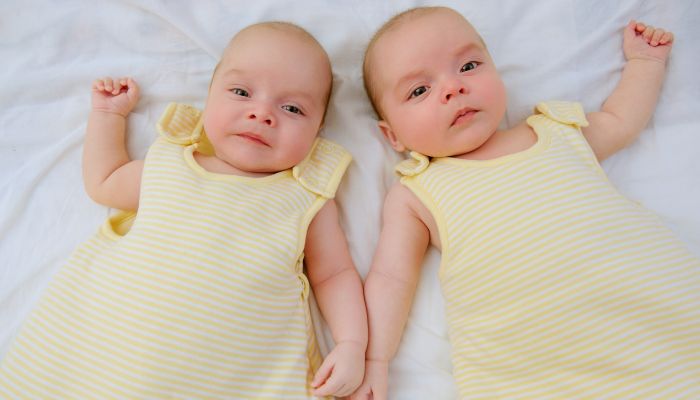
Are Sleep Sacks Necessary?
There is no single answer to this question. Some parents find that sleep sacks are essential for their baby’s sleep, while others find that their baby sleeps just as well without one.
There are a few things to consider when deciding whether or not to use a sleep sack.
If your home is particularly cold or you are worried about your infant kicking off blankets, a sleep sack can help keep your baby warm during naps and through the night.
If you are still determining whether or not a sleep sack is suitable for your family, you can always start with a single night and see how it goes. There is no harm in trying out a sleep sack and then deciding it’s not for you.
Are Sleep Sacks Safe?
While sleep sacks are generally considered safe, there are some potential risks to be aware of. For example, if a sleep sack is too warm, it could cause the baby to overheat. It’s important to dress your baby in light layers underneath the sleep sack and to follow the manufacturer’s recommendations for the appropriate temperature range.
An older baby or young toddler may figure out how to unzip or unbutton their sleep sack. If they do this, they may get cold or tangled in the sleep sack. Luckily some sleep sacks zip in the back, so there is less risk of baby tampering.
According to The American Academy of Pediatrics, sleep sacks are a safer choice. They recommend that babies sleep on their backs, with their heads uncovered, to reduce the risk of sudden infant death syndrome (SIDS). Since babies can’t regulate their body temperature well, a sleep sack can keep them warm and elongate their sleep stretches.
Pros and cons of using sleep sacks
There are both pros and cons to using sleep sacks. You may find that a sleep sack improves your baby’s sleep, or that they sleep better without one. Remember, you can always try a sleep sack for a short time and then decide whether it’s worth it for your baby.
The Pros
- Keep infant at a comfortable temperate during the night
- Prevent baby from kicking off blankets
- It can be used in place of a blanket
- Easy to use
- Can be used for swaddling
- Lowers the risk of SIDS
The Cons
- Could cause a baby to overheat
- May be too warm in warmer climates
- Limits baby’s freedom to move around during sleep
When To Use Sleep Sacks
There are a few things to consider when deciding when to use a sleep sack. If your home is particularly cold, a sleep sack can help keep your baby cozy during the night. If you are worried about a baby kicking off their blanket, a sleep sack can be a convenient way to keep your baby cozy and snug.
You can use a sleep sack for you child from newborn age all the way to 24 months. Most very young babies prefer to be swaddled but should have their arms free once they are able to roll over.
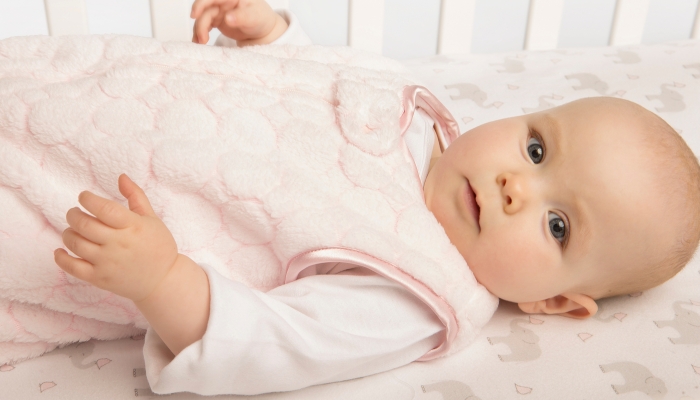
How To Choose a Sleep Sack
Consider a few things when choosing your baby’s sleeping bag:
Climate In Your Home
The climate in your home refers to the temperature and humidity in your home. Some homes have more moisture in the air, which would make a breathable cotton or muslin material more appropriate. In contrast, you could choose a heavier fabric with more insulation in a low-moisture home that tends to be cold.
The temperature of your home and your baby’s room may differ. You will want to note the temperature in your baby’s sleep space before using a sleep sack to decide on the appropriate material.
If you live in a hot climate, you will want to choose a sleep sack made from a light material. If you live in a cold environment, you will want to select a sleep sack made from a heavier material.
Size Of Your Child
Sleep sacks are available in various sizes, from your newborn stage to 24 months. Choose a size that will be comfortable for your child.
If you have a newborn, consider a baby sleep sack with swaddling properties to reduce the risk of your child waking from their startle reflex. For older babies, ensure their legs have room to move but that the sleeping bag doesn’t bunch up over their nose or face.
Type Of Closure
A baby sleep sack can be closed with a zipper, snaps, or velcro. Choose a closure that will be easy for you to use. You can find sleep sacks that close in the back. This is perfect for ninja babies that open their sleep sacks.
Cost
There are some very budget friendly-options for baby sleep sacks. We found that the cost of a sleep sack ranges from $9.99 to over $100. It really depends on the material, the size, and any accouterments the sleep sack has. Whether you go with a simple baby sleep sack design or a more sophisticated version of a baby sleeping bag, the benefits of a sleep sack remain the same.
Several factors may go into your decision to use a sleep sack or not. We see that many babies have a good night’s sleep when they are warm and comfortable.
A baby sleep sack is a safe alternative to loose blankets. It comes in a variety of sizes, fabrics, and accessories. If you are still determining if baby sleeping bags are right for your child, you can purchase or borrow one, test it for a few nights, and see if it works well for your child.
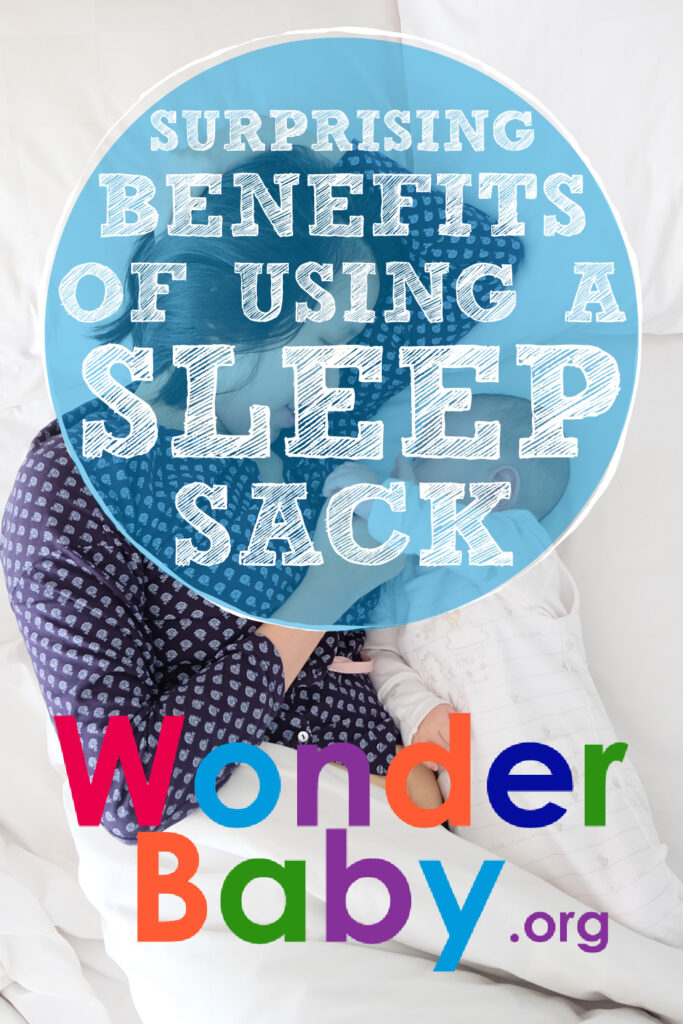
Related Posts
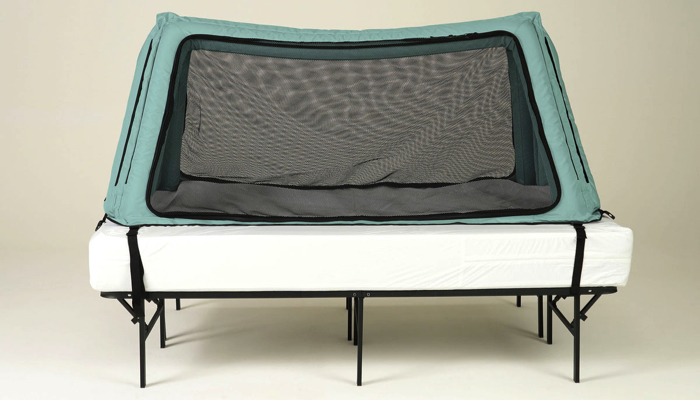
Sleep, Special Needs
Safe Place Bedding Travel Bed Review
Traveling with a special needs child can be stressful! Having a safe, durable, and easy to use travel bed can make traveling so much easier!
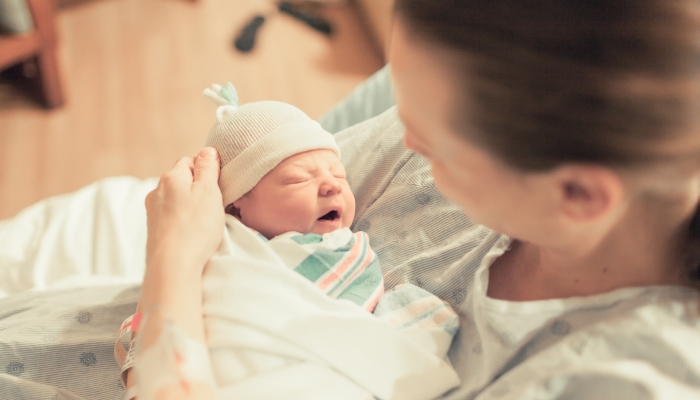
Sleep, Special Needs
Sleep Regimen for Premature Babies: Special Considerations
It can take premature babies much longer than their full-term peers to sleep for long stretches. A preemie sleep schedule may encourage better sleep.
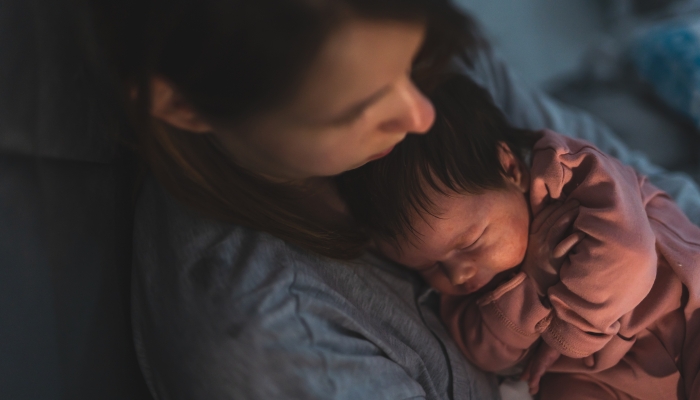
Sleep
Mastering the Bedtime Routine: 3 Tips for a Peaceful Night’s Sleep
From around six weeks, a newborn bedtime routine can help your baby learn the difference between day and night and prepare for a restful night’s sleep.